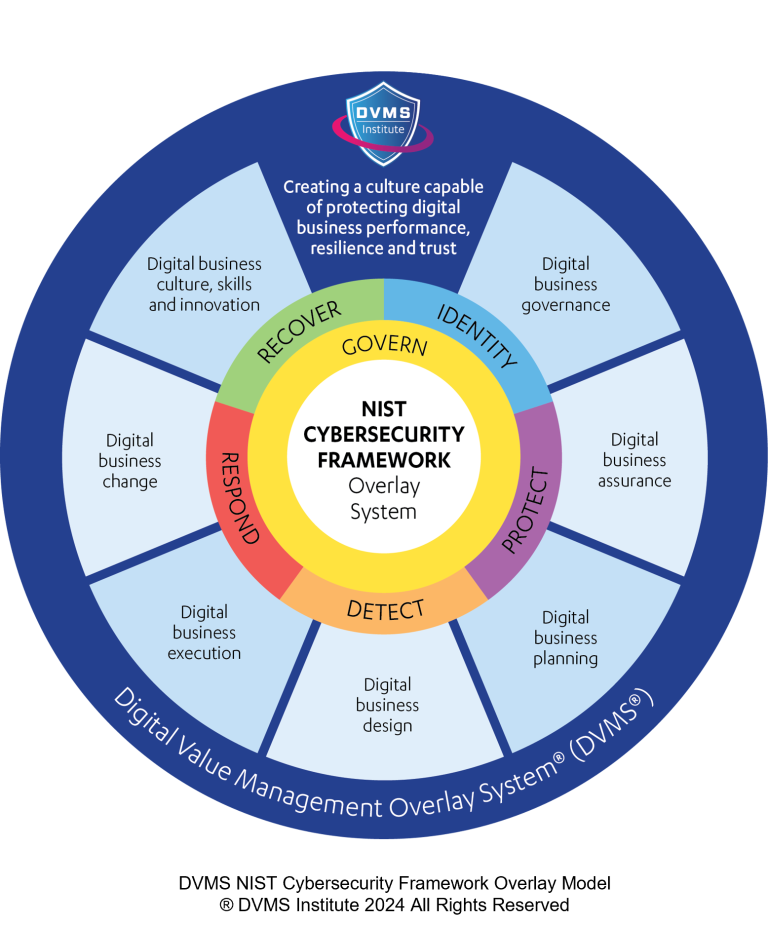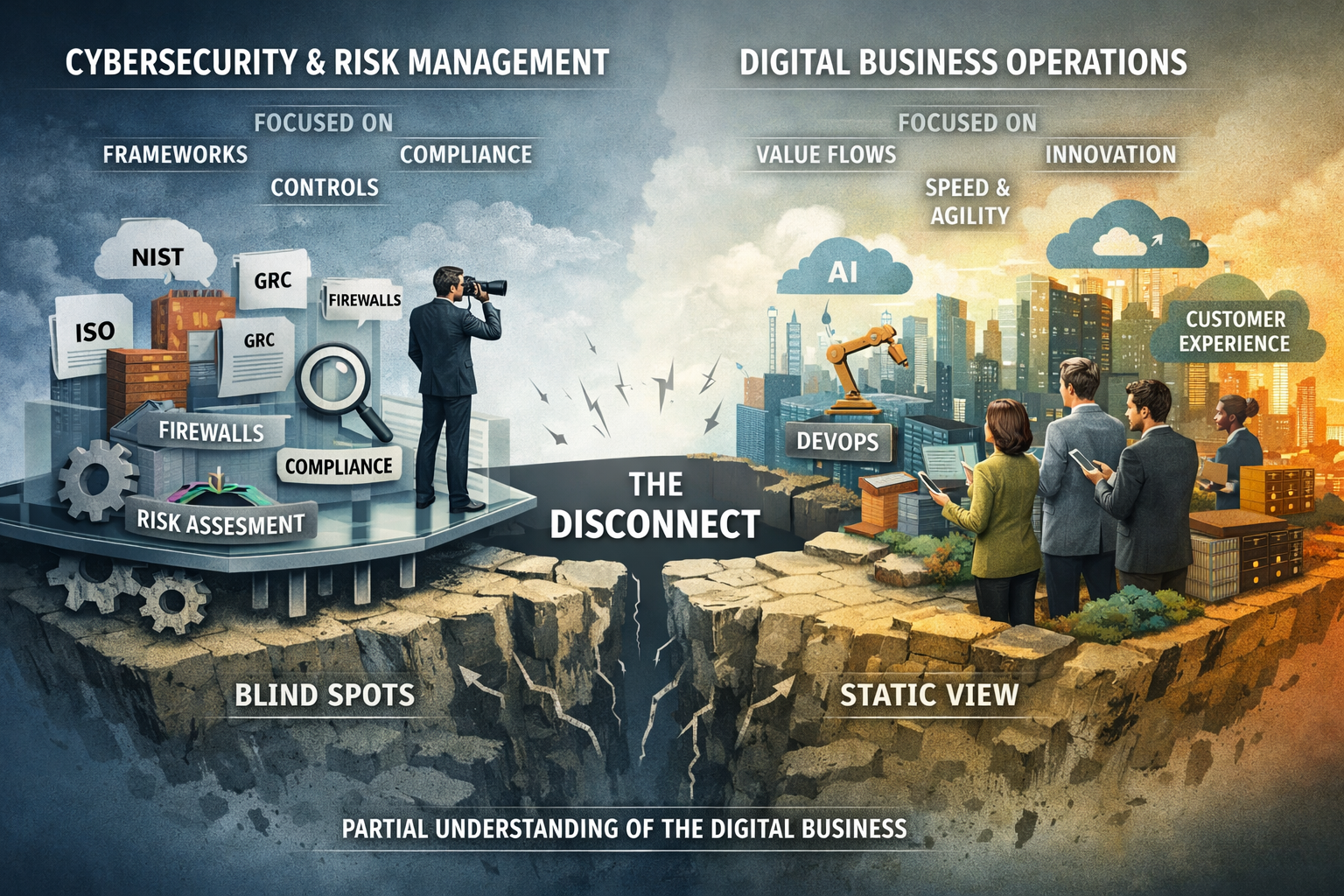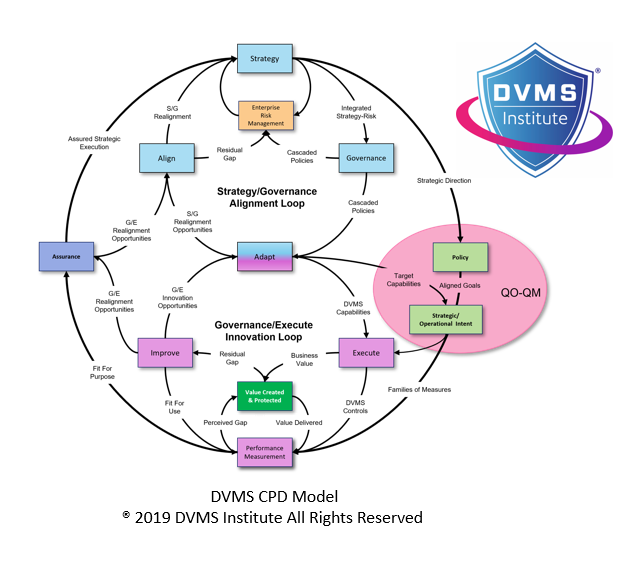Culture, Skills, and Cybersecurity Controls: The Triad of Cyber Risk Management
Rick Lemieux – Co-Founder and Chief Product Officer of the DVMS Institute
Cybersecurity risk management, a complex endeavor, necessitates a multifaceted approach that transcends technological fortifications. While robust controls are essential, they alone cannot guarantee an impregnable defense. The intricate interplay of organizational culture, employee skills, and comprehensive controls forms the cornerstone of a resilient cybersecurity posture.
Organizational culture, the bedrock upon which an enterprise is constructed, profoundly influences its approach to cybersecurity. A culture prioritizing security as a core value fosters a mindset where employees at all levels understand the importance of safeguarding digital assets. When security is ingrained in the fabric of an organization, it becomes a shared responsibility rather than a burden imposed by IT. A security culture encourages proactive behavior, such as reporting suspicious activities, adhering to security protocols, and continuously enhancing knowledge. Conversely, a culture indifferent or resistant to security initiatives creates an environment ripe for vulnerabilities.
Skills, the capabilities of individuals within an organization, are equally critical. A workforce with cybersecurity knowledge and skills is better positioned to identify, assess, and mitigate risks. Employees who understand the threat landscape, can recognize phishing attempts, and possess the ability to implement basic security measures significantly reduce the likelihood of breaches. Furthermore, skilled cybersecurity professionals are indispensable for designing, implementing, and managing controls. A well-trained workforce can effectively respond to incidents, minimize damage, and facilitate a swift recovery.
Cybersecurity controls, the technical safeguards implemented to protect systems and data, are the third essential component. These controls encompass various measures, including access controls, encryption, firewalls, intrusion detection systems, and vulnerability management. They serve as the first line of defense against cyberattacks, deterring adversaries and mitigating the impact of successful breaches. However, controls are only as adequate as their implementation and maintenance. Regular assessments, updates, and testing are crucial to ensure their ongoing efficacy.
The relationship between culture, skills, and controls is symbiotic. A strong security culture encourages the development of necessary skills, while skilled employees contribute to creating and refining adequate controls. In turn, robust controls reinforce a security culture by demonstrating the organizational commitment to protecting its assets. This virtuous cycle enhances the overall cybersecurity posture and reduces the risk of breaches.
It is essential to recognize that achieving a harmonious balance between these three elements is an ongoing process. The threat landscape is constantly evolving, necessitating continuous adaptation and improvement. Organizations must invest in employee training and awareness programs to cultivate a security-conscious culture. Additionally, they should prioritize the development of a skilled cybersecurity workforce through recruitment, retention, and professional development initiatives. Furthermore, a comprehensive risk assessment should be conducted to identify and prioritize controls based on the specific needs and risk tolerance of the organization.
By fostering a culture of security, developing a skilled workforce, and implementing robust controls, organizations can significantly enhance their resilience against cyberattacks. This holistic approach is essential for safeguarding sensitive information, protecting brand reputation, and ensuring business continuity in an increasingly interconnected and hostile digital environment.
Ultimately, the success of a cybersecurity risk management program hinges on the synergistic interaction of culture, skills, and controls. When these elements are aligned and optimized, organizations can build a formidable defense against the ever-present threat of cyberattacks.
About the Author

Rick Lemieux
Co-Founder and Chief Product Officer of the DVMS Institute
The DVMS Institute teaches organizations of any size, scale, or complexity an affordable approach to mitigating cyber risk to protect digital business performance, resilience, and trust.
Rick has 40+ years of passion and experience creating solutions to give organizations a competitive edge in their service markets. In 2015, Rick was identified as one of the top five IT Entrepreneurs in the State of Rhode Island by the TECH 10 awards for developing innovative training and mentoring solutions for boards, senior executives, and operational stakeholders.
® DVMS Institute 2024 All Rights Reserved




